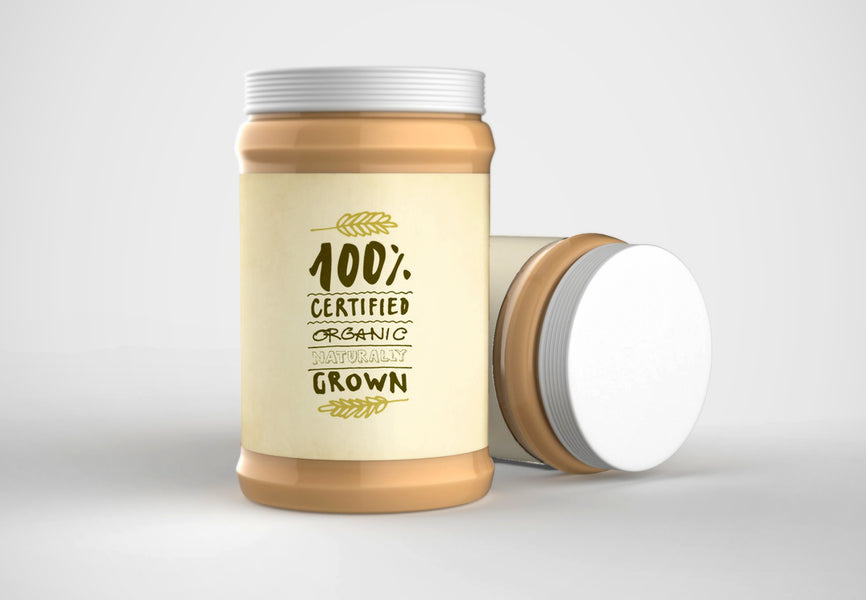 The class promised that it was “ideal for beginners and home cooks wanting to learn how to make hearty and filling vegan meals.” I’m not a vegan, but having looked extensively into what diet is best for our health, I do try to eat mostly plant-based food, consisting of nutritious, real ingredients. I’m also a terrible cook who aspires to improve, which is how I came to find myself in an inner-city cafe, feeling very off-trend in my jeans and jumper amidst the hippies and the hipsters.
The class promised that it was “ideal for beginners and home cooks wanting to learn how to make hearty and filling vegan meals.” I’m not a vegan, but having looked extensively into what diet is best for our health, I do try to eat mostly plant-based food, consisting of nutritious, real ingredients. I’m also a terrible cook who aspires to improve, which is how I came to find myself in an inner-city cafe, feeling very off-trend in my jeans and jumper amidst the hippies and the hipsters.I’d always assumed that because vegan cuisine involves not cooking with animal products, by necessity it would also involve using lots of nuts, seeds, beans and vegetables. But it turned out we would be learning how to make seitan (a meat-alternative made from gluten flour) and vegan cheese made primarily from tapioca flour and another key ingredient called carrageenan.
I’d never heard of carrageenan before and the following day, the health journalist in me couldn’t help but investigate. It turns out that the innocent looking powder, which is derived from seaweed and gives food products a thicker, smoother consistency, may not be so “hearty” at all. There’s evidence to suggest that carrageenan is inflammatory in the digestive tract and may be responsible for Crohn’s disease, IBS, rheumatoid arthritis, glucose intolerance and even colon cancer. In fact, the National Organic Standards Board (NOSB) in the United States recently recommended removing it from the list of approved ingredients in organic foods.
My intention here is not to demonise vegan food. Anyone who follows my work knows that I'm an advocate of eating plant-rich, whole-food. I’m also well aware that delving into nutrition science is fraught and I note that a 2014 review found the “mounting” evidence against carrageenan to be misleading. Indeed, the NOSB board, which recommended that carrageenan be banned from organic products, didn’t do so because it was convinced by the gut inflammation evidence, it did so because there are other, less questionable ingredients that can be used instead and it's better to be safe than sorry.
So, rather than getting lost in the science of carrageenan, my goal is to highlight the automatic thinking we fall into when it comes to the food we eat. By signing up to a vegan cooking class I assumed I’d be learning about making nutritious meals, involving safe, plant-based whole foods. But it turned out there was nothing especially nutritiously noteworthy about any of the ingredients we used. As I left the class clutching my mock-meats and “not-zarella” cheese balls, it occurred to me that I hadn’t touched a single vegetable all night.
This effect is what researchers call the “health halo” – when we overestimate the overall healthfulness of a food based on one narrow attribute such as it being low in calories, or low in fat, or in my case, vegan. For example, researchers have shown that when a snack food carries a nutrient claim for “vitamin fortification” people are not only more likely to buy the product and perceive it as being healthier, they’re also less likely to correctly choose the healthier product. Another study found that people buying from Subway were less accurate at estimating the calories in their meals than people buying from McDonalds because they perceived that Subway, which focusses its advertising on fresh ingredients, is a healthier alternative.
One of my favourite nutrition writers, Catherine Saxelby highlights all this beautifully in a piece she wrote about a packet of corn chips which was “certified organic” and “gluten-free,” in rustic-looking brown packaging, which promised that the contents were “free from artificial colours and preservatives” as well as every allergen you can think of. Saxelby points out that this was in fact just a plain old packet of corn chips, with all the over-processed drawbacks of any other packet of corn chips.
It’s taken me many years and an enormous amount of mental energy to learn that “Vitamin Water” is just a sugar drink, that eating Himalayan rock-salted fries from a Whole Foods buffet is just as bad for me as the french fries at McDonald’s, and that despite the “rich antioxidants” in chocolate, it is never going to be classified as a food group alongside fruit and vegetables.
As for my thinking on carrageenan, as the NOSB board stated in their report, “Without good research methodology and scientists who disagree over every conceivable point regarding carrageenan research, we can only agree that definitive conclusions cannot be made about the effects of carrageenan in the diet on human health.” In other words, the scientific jury is still out, but now that I’m aware of it, I’ve noticed that it’s everywhere. It’s common in yogurt, chocolate, ice-cream and even baby formula. It’s also popular in vegan foods such as soy, almond, and coconut milk. Although I suspect the occasional "not-zarella" cheese ball is nothing to worry about, with my history of digestive problems, I’ve decided to err on the side of caution and I won’t be adding it to my whole-food pantry.





 The Connection (DOWNLOAD-TO-OWN)
The Connection (DOWNLOAD-TO-OWN) My Year Of Living Mindfully - Book
My Year Of Living Mindfully - Book




